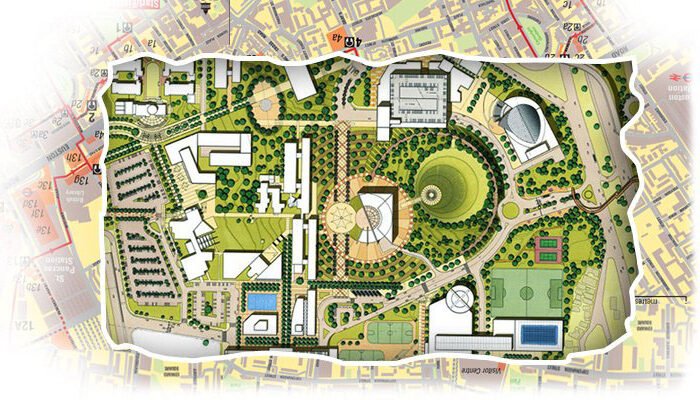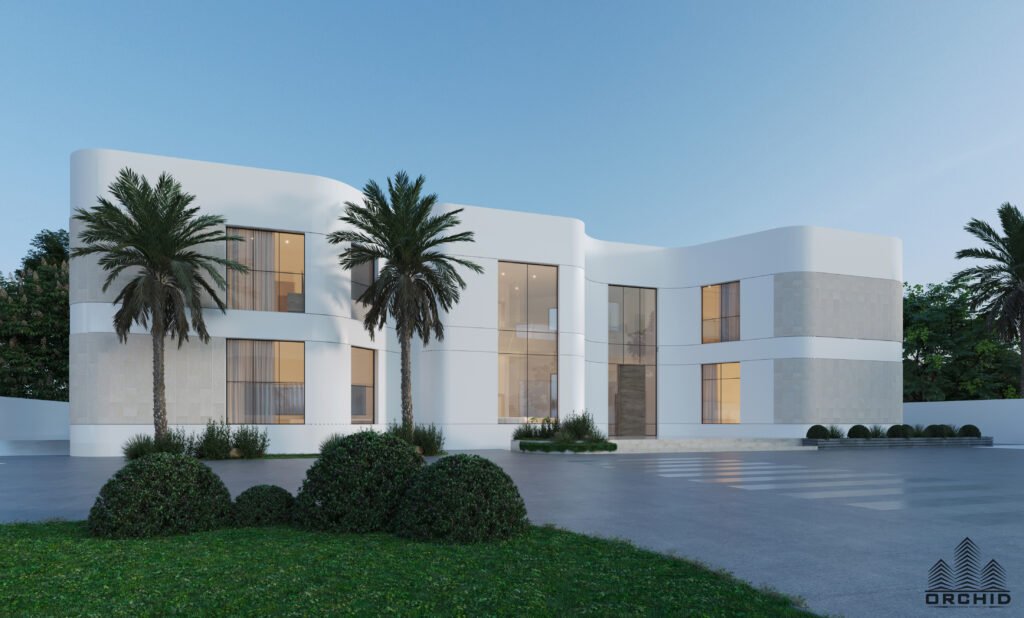
Transforming Outdoor Spaces: The Art of Landscape Design Plans
Understanding Landscape Design
Landscape design is both an art and a science that integrates various elements to create functional and aesthetically pleasing outdoor environments. At its core, effective landscape design aims to enhance the natural beauty of a space while fulfilling the needs of the inhabitants. By employing key principles such as balance, contrast, and focal points, designers can craft harmonious outdoor settings that appeal to both the senses and the practicality of outdoor living.
Balance refers to the distribution of visual weight within a landscape. This can be achieved through symmetrical arrangements, where elements are evenly matched on either side, or asymmetrical designs that provide visual interest without conformity. In contrast, the principle of contrast involves the juxtaposition of different elements, such as colors, shapes, and sizes, to create intrigue and enhance the overall visual experience. Effective use of contrast can highlight specific areas or features, drawing attention to what is significant in the design.
Focal points play a pivotal role in steering the viewer’s gaze towards a particular area of the landscape. These can be created through the use of statues, water features, or uniquely shaped plants, serving as anchors around which the rest of the design revolves. The careful placement of these focal points aids in guiding the audience’s experience of the space, offering moments of pause and appreciation.
In contemporary landscape design, sustainability is gaining increasing importance. Incorporating native plants not only supports local ecosystems but also ensures low maintenance and drought resistance. Utilizing eco-friendly materials further enhances a project’s sustainability. By considering environmental factors, such designs aim to minimize ecological impact while creating beautiful outdoor environments that resonate with the surrounding landscape.
Creating Effective Landscape Design Plans

Creating effective landscape design plans is a comprehensive process that begins with several crucial steps. The very first stage involves conducting a thorough site analysis, as understanding the physical attributes of the location is paramount. This includes evaluating soil quality, topography, sunlight exposure, drainage, and existing vegetation. Analyzing these elements not only highlights potential challenges but also opens opportunities for creative solutions to enhance the outdoor environment.
In parallel, a client consultation is essential. Engaging in detailed discussions with the clients about their preferences, needs, and vision helps in formulating a robust design brief. This document outlines key objectives, design style preferences, and a budget framework, serving as a guiding reference throughout the planning and execution phases. The design brief acts as a backbone for all subsequent decisions and adjustments, ensuring that the final outcome aligns with the client’s aspirations.
Once the preliminary steps are completed, conceptualizing the layout becomes the next focus. This entails sketching out initial ideas, keeping in mind the functionality of spaces and aesthetic appeal. When selecting plant species, it is critical to consider seasonal variations and the local climate to guarantee year-round interest. Choosing diverse plants not only enhances visual richness but also fosters ecological balance. Additionally, planning for accessibility is vital; paths should accommodate all users, ensuring that the landscape is inviting for everyone.
Lastly, utilizing modern landscape design software can significantly streamline the design process. Such tools allow for precise visualizations and alterations that manual sketches may not easily achieve. Software can help in layering plans, simulating sunlight patterns, and even calculating irrigation needs. By integrating these digital resources with traditional sketching methods, landscape designers can create comprehensive and innovative landscape design plans effectively.
Incorporating Sustainability in Landscape Design

Sustainability has become a pivotal aspect of landscape design, as it fosters healthier environments and promotes ecological balance. The integration of sustainable practices not only enhances the aesthetic appeal of outdoor spaces but also contributes to environmental conservation. One significant approach is xeriscaping, which involves designing landscapes that require minimal irrigation. By selecting drought-resistant plants, landscape designers can create vibrant gardens while conserving water resources, a crucial consideration in many arid regions.
Additionally, the implementation of permeable paving is an effective sustainable practice. Traditional paving materials often lead to excessive surface runoff and increased erosion. In contrast, permeable paving allows rainwater to infiltrate the ground, promoting groundwater recharge and reducing the risk of flooding. This method enhances the overall health of the surrounding ecosystem by maintaining natural hydrological cycles.
Moreover, rainwater harvesting systems represent another innovative solution within sustainable landscape design. By collecting and utilizing rainwater for irrigation, designers can significantly reduce the demand for municipal water supplies. These systems not only streamline water usage but also mitigate stormwater runoff, which can pollute local waterways.
The careful selection of native plants is also vital in promoting sustainability. Native species are adapted to local climates and soil conditions, requiring less maintenance and fewer resources compared to non-native varieties. By incorporating these plants, landscape designers can create spaces that thrive naturally with reduced reliance on fertilizers and pesticides.
Finally, adopting green landscaping techniques supports water conservation and enhances biodiversity. Elements such as rain gardens, bioswales, and habitats for pollinators enrich the landscape and offer essential services to the ecosystem. Through these sustainable practices, landscape design can lead to thriving, resilient outdoor spaces that benefit both people and the planet.
Case Studies: Successful Landscape Designs

The field of landscape design has witnessed numerous successful transformations, illustrating the potential of thoughtful planning and execution. One notable case study involves a residential backyard renovation in an urban setting. The homeowners sought to enhance their outdoor space while addressing issues such as limited sunlight and poor drainage. The solution involved implementing raised garden beds filled with native plants, which not only thrived in the prevailing conditions but also attracted local wildlife. The addition of permeable paving for walkways improved drainage and reduced runoff, showcasing how functional design can meet aesthetic and environmental needs.
Another case study centers on a commercial property that aimed to revitalize its entrance through landscape design. The challenges included a stark, unwelcoming façade and minimal greenery. The landscape design plan integrated a variety of shrubs and flowering plants alongside strategically placed seating areas. By introducing tree canopies, the property provided shade and comfort for visitors, creating a harmonious blend between nature and business. The transformation not only enhanced the aesthetic appeal but also increased foot traffic, demonstrating the value of incorporating green design in commercial landscapes.
Public parks, often under-resourced, can greatly benefit from sustainable landscape design practices. For example, a local park faced the challenge of soil erosion and a lack of community engagement. The design team implemented an innovative solution by establishing native plant gardens combined with walking trails. This not only stabilized the soil but also encouraged local participation in park upkeep, fostering a sense of community ownership. Through various case studies, it becomes evident that successful landscape designs effectively tackle challenges while enhancing the natural beauty of outdoor spaces, inspiring others to pursue similar projects.
